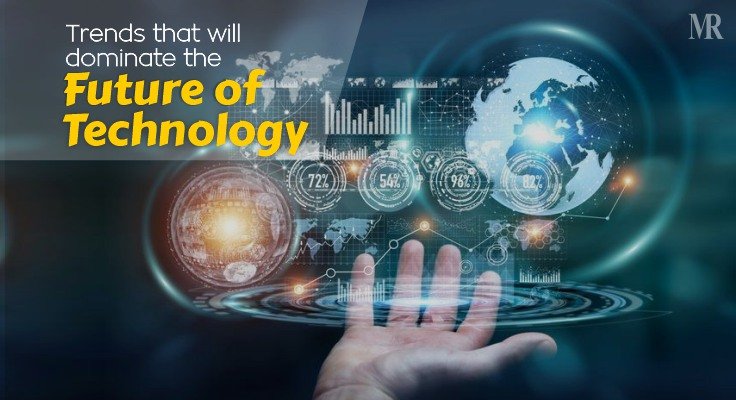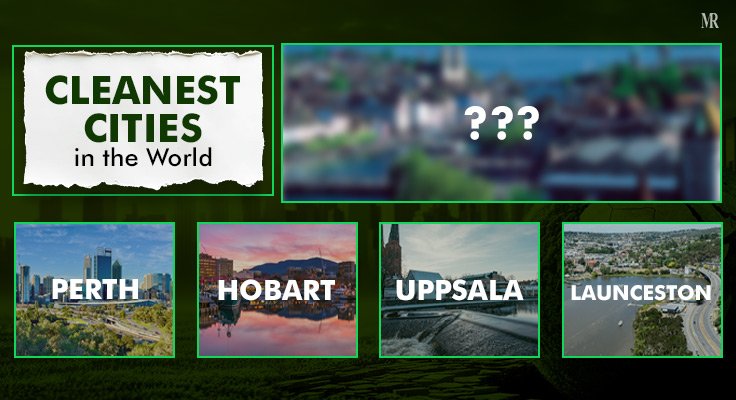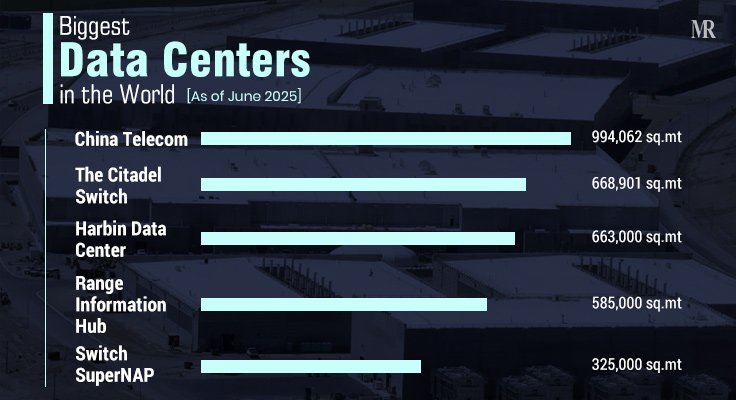The world of technology has seen tremendous changes over the last two decades and each new innovation has revolutionized many industries. Rapid developments as well as ingenious and smart ways of finding solutions have always contributed to the future of technology. Transformations in technology have enabled quicker services, more accurate navigation, and fast research and development. These 5 emerging trends in the Future of Technology have remained in the highlights as the world is moving rapidly with new technological developments.
1. Artificial Intelligence (AI)
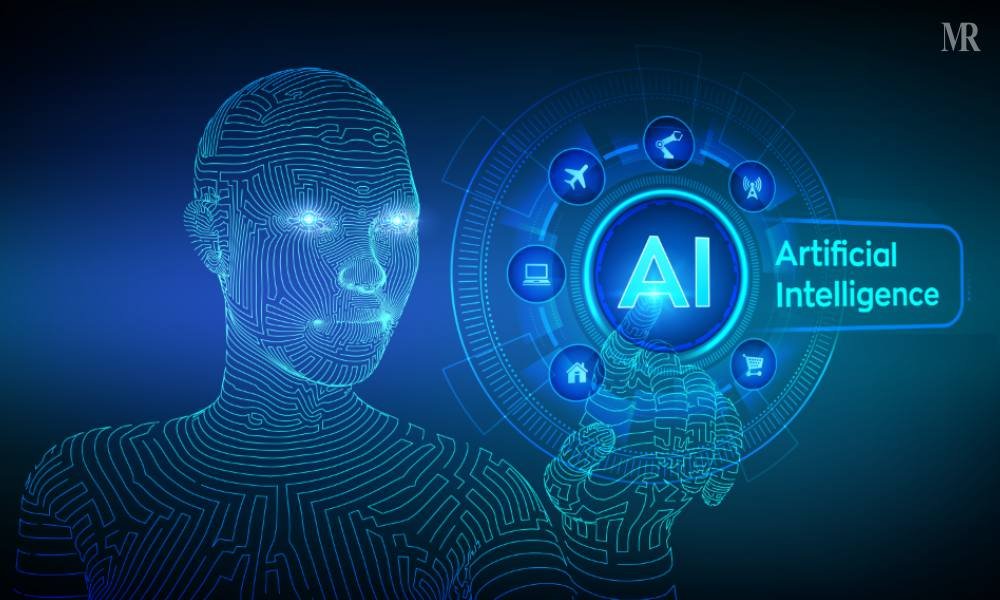
Artificial Intelligence (AI) has a compelling mark on the technology world. AI is the study of how the human brain thinks, learns, makes decisions, and works to solve problems. It is a method of programming a computer, robot, or other objects to think like a smart human. The AI market will grow to a $190 billion industry by 2025 with global spending on cognitive and systems reaching over $57 billion in 2022. Industries are already using Artificial Intelligence technology for various functions, including training, diagnosing, and this makes AI one of the most important trends in the future of technology.
The applications of Artificial Intelligence are:
- Facial Diagnosis: AI plays a key role in the recognition and extraction of facial information to diagnose different diseases and their origin.
- Transportation: It can be used in improving traffic management system that reduces wait times, fuel consumption, and emissions by 25%.
- Education: It offers an adaptive learning program and AI Tutor for individual care for students in the areas wherever they need extra inputs.
- Agriculture: It is used to increase the yield of crops and suggest methods to increase efficiency in farming. It also monitors crop and soil conditions to track the health of crops.
2. Internet of Things (IoT)
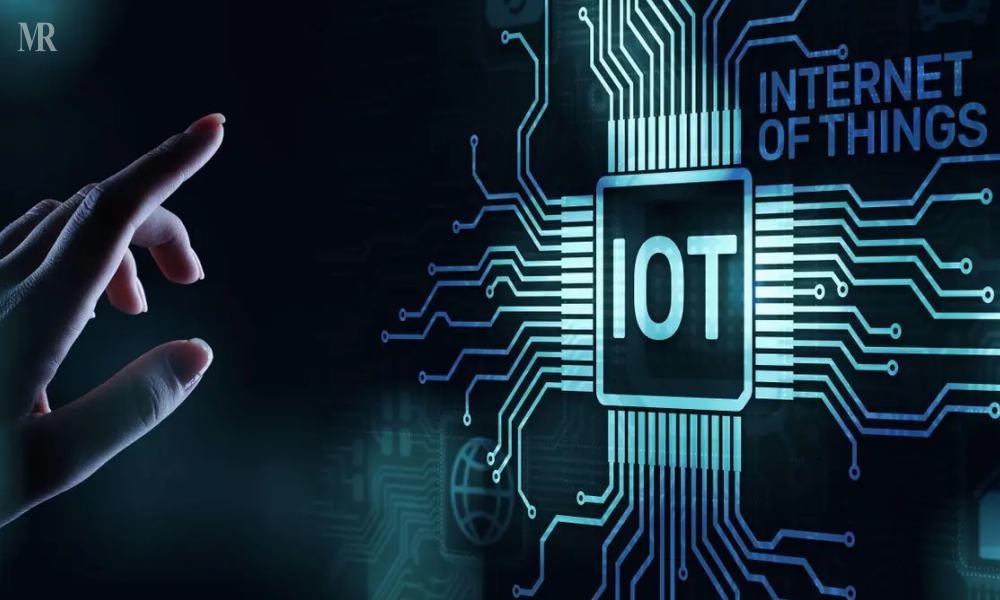
Internet of Things is in the next phase of the industrial revolution. It is the best example of how the power of internet connectivity has gone beyond smartphones and computers. Since the internet allows physical objects to record, monitor, and exchange data with little human intervention, IoT is capable of exchanging data across a network using a microchip. With IoT technology, data can be stored, transmitted, collected, and analyzed easily to any connected device. The market growth of The Internet of Things (IoT) is about 10.51% CAGR and approximately. Market value will be $ 761.4 Billion by 2026.
The IoT applications are:
- Smart Self Driving cars: IoT uses smart car technology to control certain functionalities through your smart device.
- Smart Home: Homeowners have access to control and monitor home processes through their smartphones, tablets, and laptops with the help of IoT.
- Farming: IoT helps to determine the best time to harvest crops, generate soil chemistry-based fertilizer profiles, and detect soil nutrients and moisture concentrations.
- Smart Grid: It makes monitoring energy consumption, and predicting energy shortages and power outages easier than before.
3. Edge Computing Technology
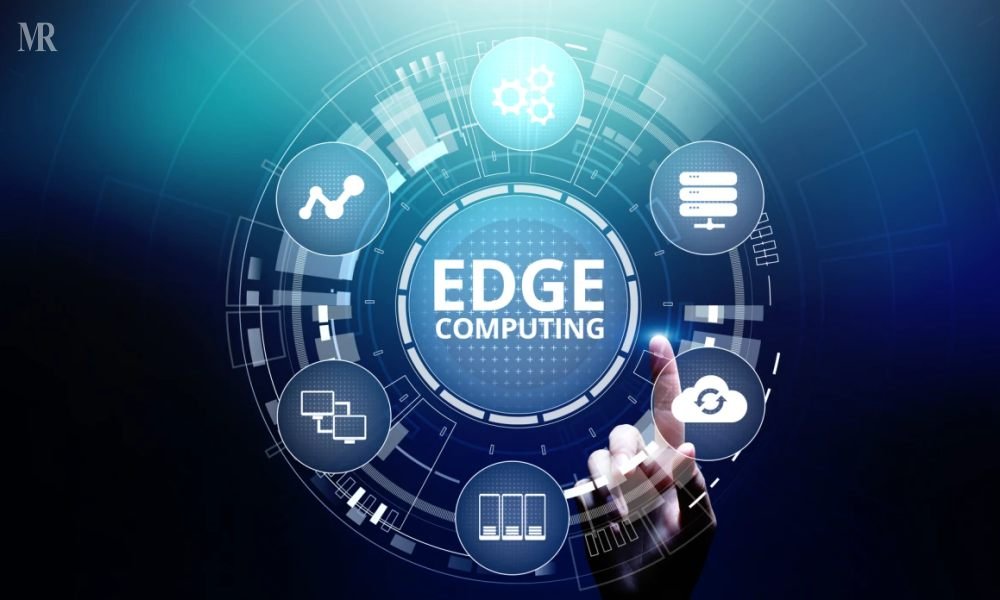
Edge computing or Cloud computing is the modern, distributed computing architecture that brings data storage and computation closer to the data source. It offers several advantages over traditional computing: being faster, easier, and more efficient. This helps save bandwidth and improve the response time. Using edge data centers, companies gain two main advantages: improving their data security and reducing IT costs. The market growth of Edge computing is about 38.4% CAGR and the market value will be $ 61.14 Billion by 2028.
The applications of Edge Computing Technology are:
- Manufacturing sector: It helps the manufacturer to make accurate and faster business decisions on operations and the factory.
- Construction Industry: It allows businesses to overview workplace safety conditions and ensures that employees are following safety protocols.
- Retail Businesses: It is used to collect and analyze this data and find business opportunities like sales prediction, optimizing vendor orders, and conducting effective campaigns.
- Healthcare: It is used in medical monitoring systems to respond quickly in real-time instead of waiting for a cloud server to act.
4. Blockchain Technology
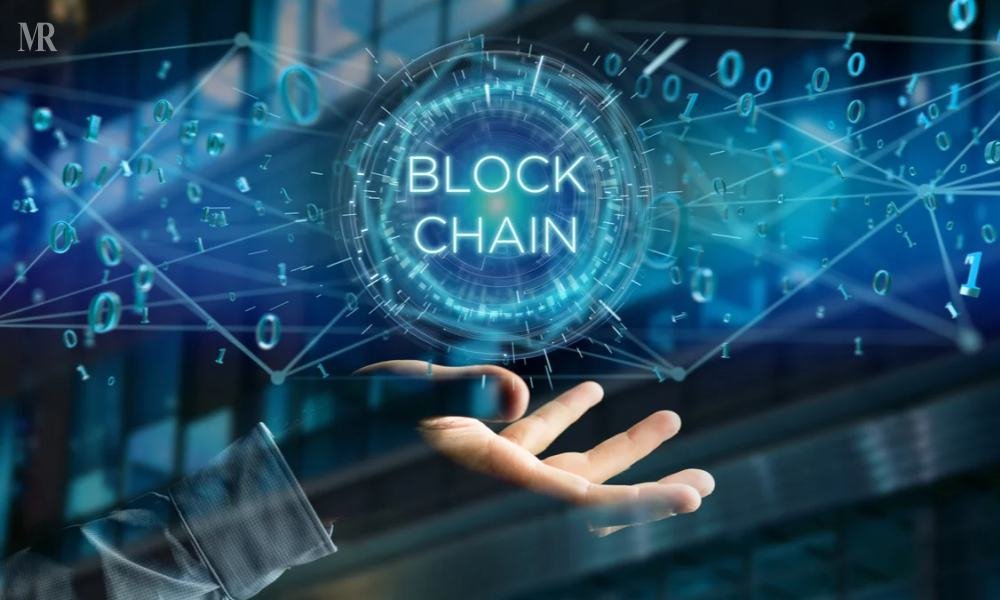
Blockchain technology is a concept of public distributed ledger technology (DLT), which allows access to the application of the technology who has a computer and internet connection. More individuals and groups will control their own money through this technology, such as digital assets and cryptocurrency. The growing demand and trends for blockchain technology is about 56.1% CAGR, and the market value will be 69.04 Billion by 2028.
The applications of blockchain technology are:
- Supply chain management: It allows businesses and customers to track quality control from the place of origin to the shop.
- Data Sharing: It helps store and transfer the underutilized data, to exchange and sell the surplus data.
- Food Safety: It is used to trace the food from farm to plate and to identify the source of contamination in the event of food-borne sickness.
- Money transfer and payment processing: It speeds up the payments transfers as banks are no longer involved. Transaction validation takes place 24 hours a day, seven days a week.
5. 5G Technology
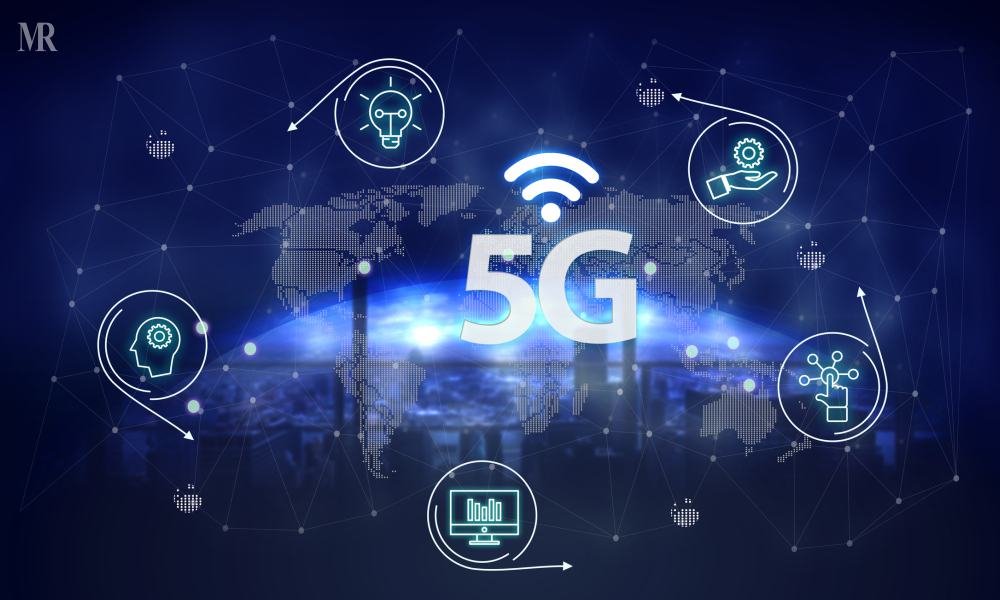
5G technology is one of the revolutionary trends in the future of technology as it integrates other technologies such as Augmented Reality, Virtual Reality, and Cloud-based services. 5G wireless technology provides higher multi-Gbps peak data speeds, ultra-low latency, more reliability, massive network capacity, increased availability, and a more uniform user experience to more users. The growing demand and trends in the 5G network market are about 69.4% CAGR, and the market value will be $ 6.16 Billion by 2027.
The applications of 5G Technology are:
- High-Speed Mobile Network: It can support up to 10 to 20 GBPS of data download speed.
- Entertainment and Multimedia: It is used in live events streaming via a wireless network with high definition. HD TV channels can be accessed on mobile devices without any interruptions.
- The logistics and shipping industry: 5G technology is useful in goods tracking, fleet management, centralized database management, staff scheduling, and real-time delivery tracking and reporting.
- Drone Operations: 5G networks will provide strong support with high-speed wireless internet connectivity for drone operations in defense, research and development, and delivery services.
Final Thoughts
To sum up, many trends in the future of technology are being discussed because different nations, groups, and researchers believe that these trends will significantly impact their societies and civilizations in the future. The enhancement of technology is beneficial as it brings more job opportunities to the country pouring efforts into economic development. We hope that these 5 emerging trends in the future of technology will lessen the uncertainty in your mind regarding their forthcoming development.
Also Read: 8 AI startups that will definitely bring change in the future.

